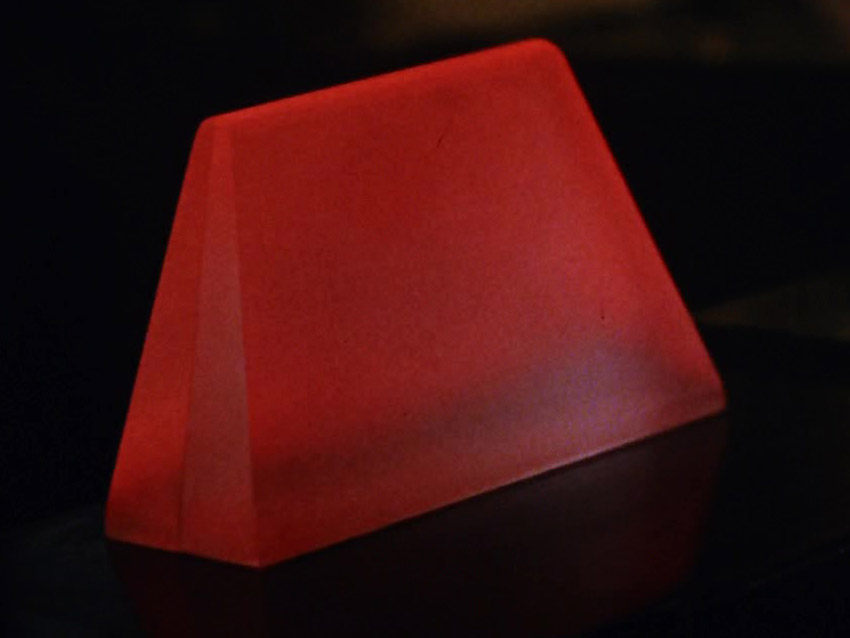distress signal
Old-style distress signals—such as those in use aboard the S.S. Columbia when it disappeared in 2236—were designed to interfere with systems and attract the attention of a ship's crew. When the U.S.S. Enterprise NCC-1701 intercepted an old-style signal in 2254, collision warnings and the red alert klaxon were activated in response.[1] When the Enterprise was confronted by the First Federation Starship Fesarius during a tense First Contact on Stardate 1514.1, a small pilot vessel from the larger ship was disabled and sent out a weak distress signal.[2] When Harry Mudd fled into an asteroid field to escape pursuit by the Enterprise on Stardate 1329.1, he sent out a distress signal when his ship's power began to fail and was in danger of being destroyed.[3]
Notes and References
- ↑ Template:RefTOS00
- ↑ Roddenberry, Gene (Executive Producer). "Where No Man Has Gone Before". Star Trek, season 1, episode 3 (Production number 02). Directed by James Goldstone. Written by Samuel A. Peeples. Desilu Productions. 22 September 1966.
- ↑ Roddenberry, Gene (Executive Producer). "The Corbomite Maneuver". Star Trek, season 1, episode 10 (Production number 03). Directed by Joseph Sargent. Written by Jerry Sohl. Desilu Productions. 10 November 1966.

